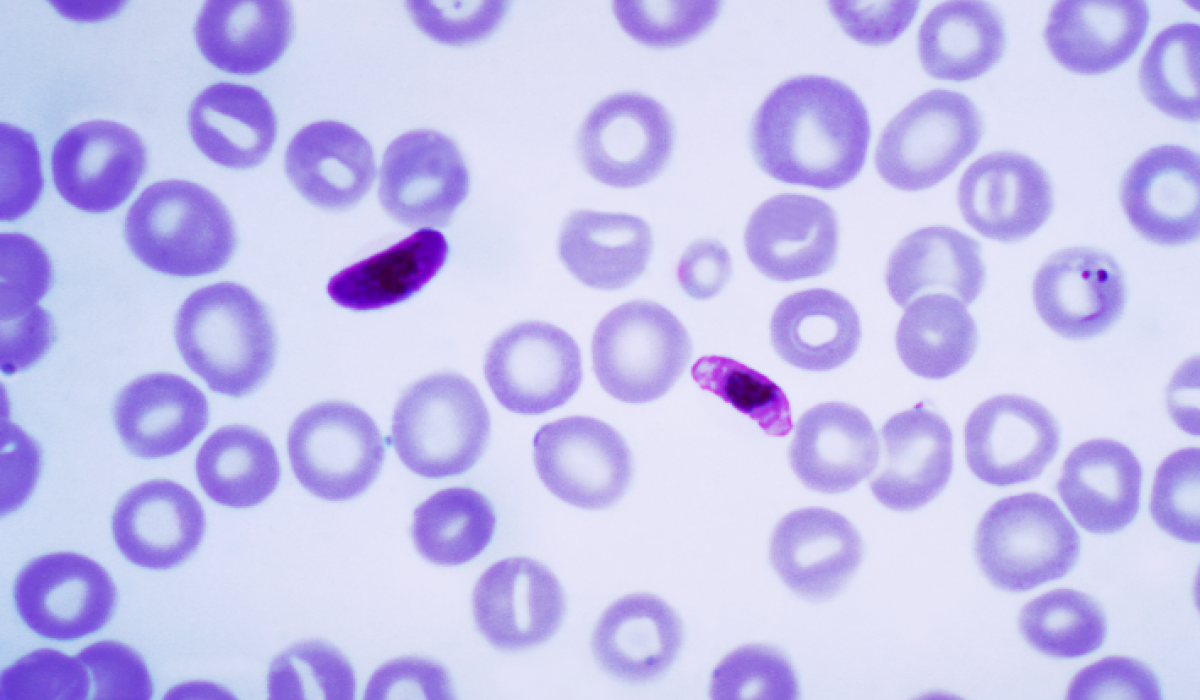
Christian Doerig
Monash University
P. falciparum possesses 65 sequences conforming to the “eukaryotic protein kinase” (ePK) signature (to be compared to ~500 in the human kinome), many of which do not have orthologues in the mammalian kinome (Ward, P., et al., BMC Genomics, 2004. 5:79). Systematic reverse genetics has determined that about half the P. falciparum ePKs are required for asexual proliferation in erythrocytes (Solyakov, L., et al., Nature Communications, 2011, 2:565); To elucidate the function of these enzymes in parasite development, we are implementing imaging, interactomics and comparative phosphoproteomic approaches; This allowed us to assign functions of selected kinases in processes such as chromatin assembly (Dastidar, E.G., et al., BMC Biol, 2012. 10:5), mRNA splicing, proliferation rate (Dorin-Semblat, D., et al.. Kinome, 2013. 1:4-16) and nuclear division (Reininger, L., et al., Mol. Microbiol., 2011. 79: 205-21), and to establish that the parasite uses kinase cascades, based on phosphorylation of the kinase activation loop, including on tyrosine residues (Solyakov, L., et al., Nature Communications, 2011, 2:565).
We have shown that infection with P. falciparum hyper-activates a signalling pathway involving p21-activated kinase (PAK) and MAP/ERK kinase (MEK1) of the host erythrocyte, and that this is required for parasite survival (Sicard, A., et al., Cell. Microbiol, 2011. 13:836-45); This suggests that inhibitors of human kinases developed in the context of cancer chemotherapy could be repositioned as potential antimalarials.
Papers of particular relevance:
Ward, P., Equinet, L., Packer, J. and Doerig, C. (2004) Protein kinases of the human malaria parasite Plasmodium falciparum: the kinome of a divergent Eukaryote. BMC Genomics 5, 79;
Doerig, C. and Meijer, L.; Antimalarial drug discovery; targeting protein kinases. (2007); Exp. Opin. Ther. Targets 11:279-290.
Solyakov, L., Halbert, J., Graciotti, M, Semblat, J.P. , Dorin-Semblat, D., Bottrill A., Mistry, S., Abdi, A., Fennell, C., Demarta, C., Bouza, Y., Nivez, M.P., Eschenlauer, S., Lama, T., Reininger, L., Agrawal, S., Kern, S., Pradel, G., Alam, M.M., Tobin, A.B and Doerig, C.; (2011) Global kinomic and phospho-proteomic analyses of the human malaria parasite Plasmodium falciparum. Nature Communications 2:565.
Sicard, A., Semblat, J.P., Doerig, C.M., Hamelin, R., Moniatte. M., Spicer, J.A., Srivastava, A., Retzlaff, S., Heussler, V., Waters, A.P. and Doerig, C. (2011) Activation of a PAK-MEK pathway in malaria parasite-infected erythrocytes.; Cell. Microbiol.13: 836-845.
Talevich, E., Tobin, A., Kannan, N. and Doerig, C. (2012) An evolutionary perspective on the kinome of malaria parasites; Philosoph. Transact. B;367:2607-2618.
Lucet, I., Tobin, A., Drewry, D., Wilks, A. and Doerig, C. (2012) Plasmodium kinases as targets for new-generation antimalarials.; Future Med. Chem. 4(18):2295-310.
